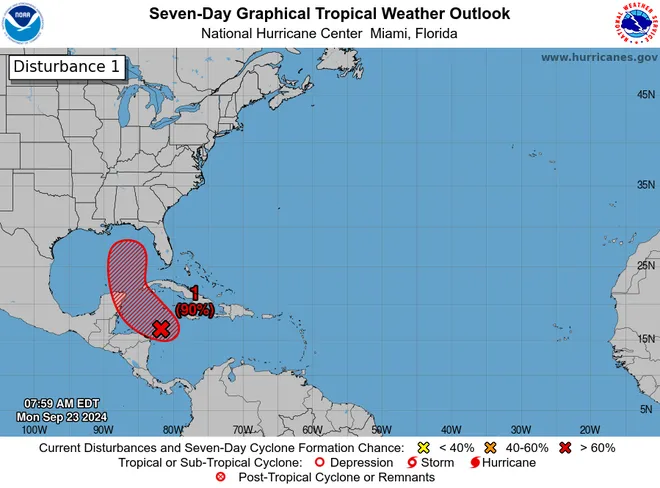| In Short |
| A potentially powerful hurricane is expected to make landfall on Florida’s Gulf Coast within the next 48 to 72 hours. |
| Local authorities have issued evacuation orders and are preparing shelters for residents in vulnerable areas. |
| The storm is predicted to bring heavy rain, storm surges, and strong winds, posing risks of flooding and widespread power outages. |
| Residents are urged to prepare emergency kits, secure their property, and follow official evacuation orders. |
| The storm raises concerns about the impact of climate change on the intensity of hurricanes, highlighting the need for ongoing preparedness. |
As hurricane season continues to intensify, the Gulf Coast, particularly Florida, is on high alert. According to the latest forecasts, a potentially powerful hurricane is expected to make landfall soon, posing significant risks to Florida’s coastal areas. This impending storm has prompted local authorities and meteorologists to issue warnings, urging residents to prepare for potential flooding, heavy winds, and power outages.
Latest Forecast: Where Will the Hurricane Hit?
The National Hurricane Center (NHC) has been closely monitoring the developing storm in the Gulf of Mexico. Currently, the hurricane is projected to intensify as it approaches the Gulf Coast, with Florida being one of the primary states at risk. Meteorologists are keeping a close eye on the storm’s trajectory, which is expected to bring heavy rainfall, strong winds, and storm surges to parts of Florida.
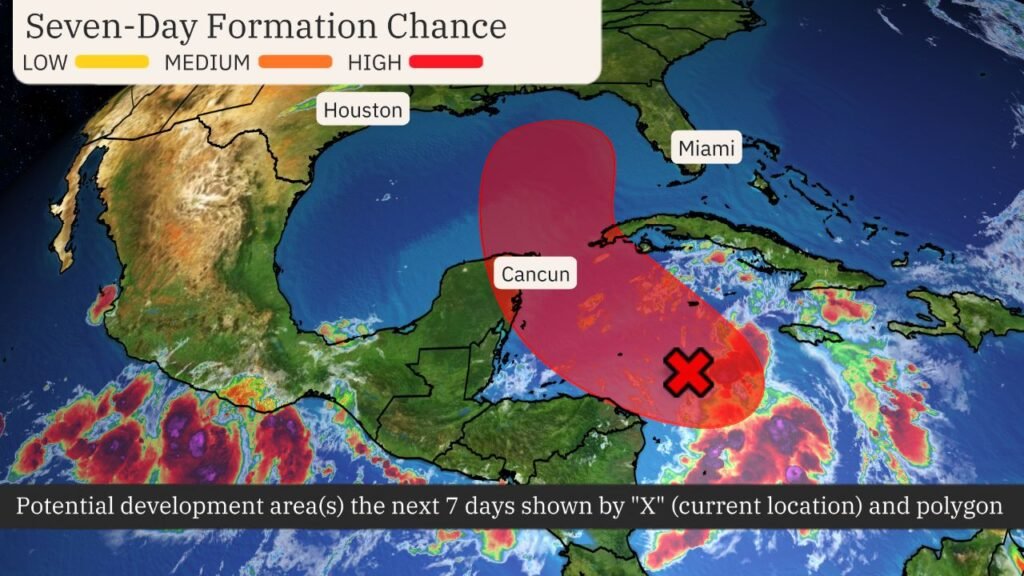
The NHC has emphasized that while the exact path remains uncertain, the Gulf Coast, particularly Florida, should brace for potential landfall within the next 48 to 72 hours. Coastal cities like Tampa, Pensacola, and Panama City are likely to be in the storm’s path, and authorities are preparing evacuation plans and emergency shelters for residents in low-lying areas.
Florida’s Preparedness: Evacuations and Emergency Measures
With the hurricane expected to make landfall in Florida, local governments are taking preemptive action to minimize potential damage. Florida Governor Ron DeSantis has declared a state of emergency in multiple counties, ensuring that resources are available to assist residents in the affected areas. Emergency services have been mobilized, and evacuation orders have been issued for vulnerable coastal areas.

Residents have been urged to stock up on essential supplies such as food, water, batteries, and first-aid kits. Local grocery stores and gas stations are experiencing increased traffic as people prepare for potential power outages and disruptions. Public safety officials are also advising residents to stay informed by tuning into weather updates and following official guidance from local authorities.
Potential Risks: Heavy Rain, Storm Surges, and Flooding
One of the primary concerns with this approaching hurricane is the risk of storm surges along the Gulf Coast. Storm surges occur when strong winds push seawater inland, causing significant flooding in coastal areas. According to meteorologists, the storm could bring surges of up to 10 feet in some regions, particularly along Florida’s western coastline.
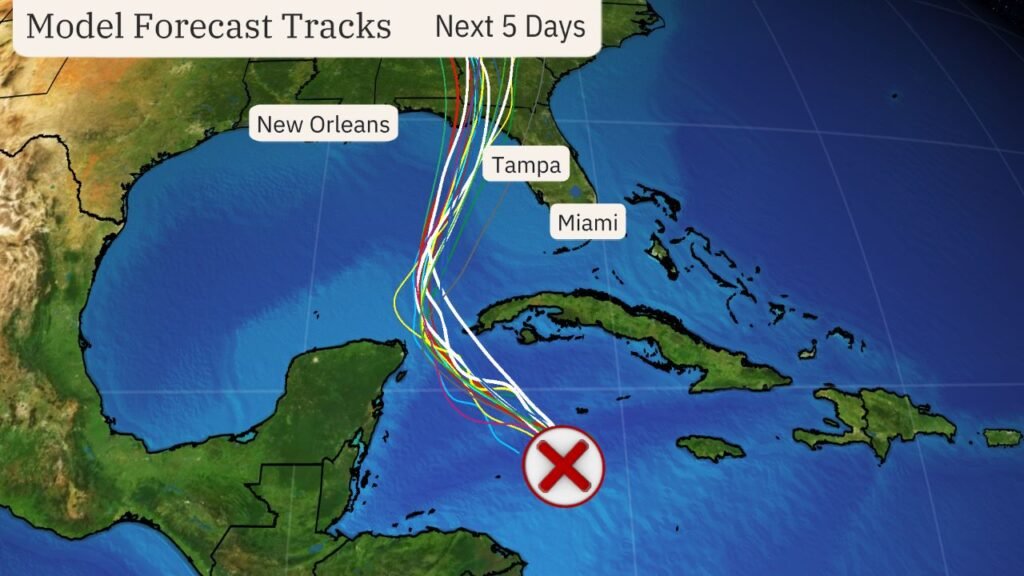
In addition to storm surges, the hurricane is expected to bring torrential rainfall, with some areas predicted to receive more than 10 inches of rain. This could lead to flash flooding in both coastal and inland regions, posing a serious risk to homes, businesses, and infrastructure. Heavy winds, potentially reaching speeds of over 100 miles per hour, are also expected, which could result in widespread power outages, downed trees, and property damage.
National Hurricane Center’s Advisory: Stay Vigilant
The National Hurricane Center continues to issue regular updates on the hurricane’s progress, urging Florida residents to stay vigilant and prepared. The NHC has warned that even a slight shift in the storm’s trajectory could significantly alter the areas at risk, making it crucial for everyone in the potential path to stay informed.
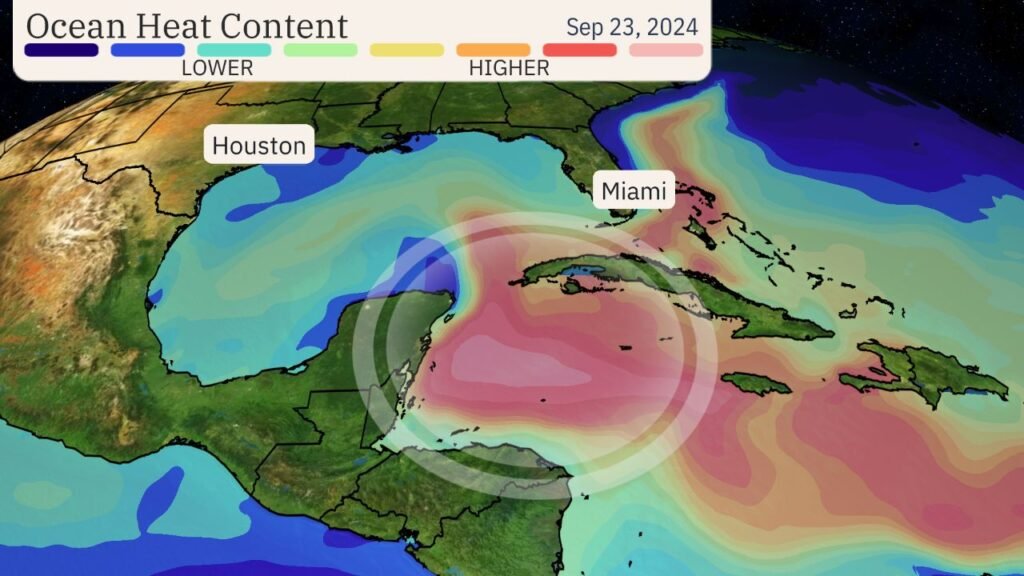
Public officials are advising residents to secure outdoor furniture, clear gutters, and reinforce windows and doors in preparation for the storm. Those living in mobile homes or flood-prone areas are being encouraged to seek shelter elsewhere to avoid the risk of injury or property damage.
Comparison to Previous Hurricanes: A Storm to Take Seriously
Florida is no stranger to hurricanes, and many residents are drawing comparisons between this approaching storm and previous hurricanes like Irma, Michael, and Ian. While each storm is unique, the current hurricane has the potential to cause significant damage, especially given the predicted intensity and the vulnerable state of the Gulf Coast.
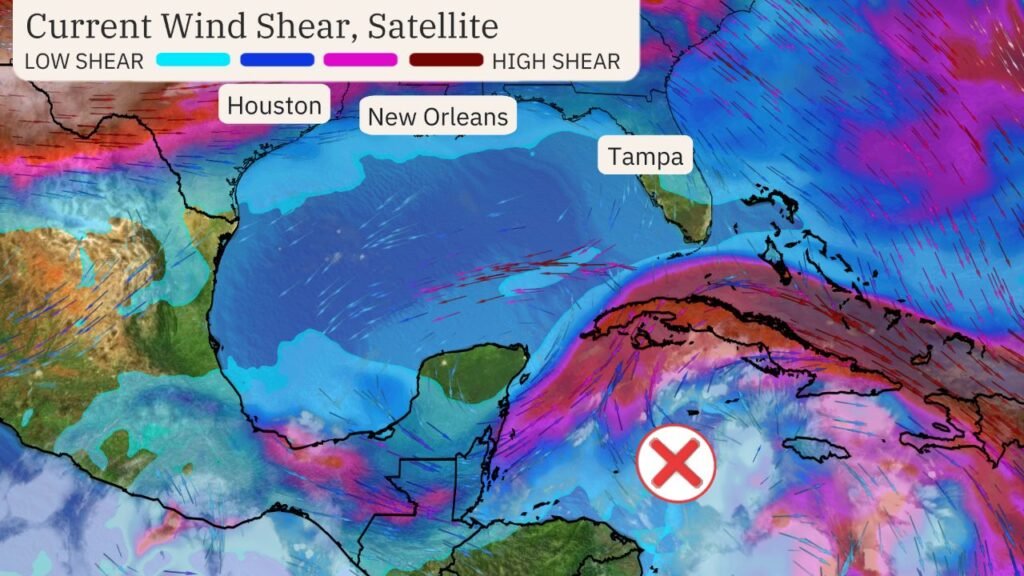
In 2018, Hurricane Michael made landfall in the Florida Panhandle as a Category 5 storm, causing widespread devastation. The lessons learned from that storm have led to improvements in Florida’s hurricane preparedness, but the current forecast has many residents and officials on edge, reminding them of the destructive potential these storms carry.
Safety Tips for Residents: What to Do Before and After the Storm
As Florida prepares for the impending hurricane, residents are being reminded of key safety tips to help protect themselves and their property:
- Prepare an Emergency Kit: Stock up on essential supplies, including water, non-perishable food, batteries, medications, and a flashlight. Have enough supplies to last at least three days.
- Secure Your Property: Bring in outdoor furniture, trim trees, and reinforce windows and doors to prevent damage from high winds. If possible, install storm shutters or board up windows.
- Follow Evacuation Orders: If local authorities issue evacuation orders, do not hesitate to leave. Know your evacuation route and have a plan in place for where you will stay.
- Stay Informed: Keep up with the latest weather updates from the National Hurricane Center and local authorities. Follow their guidance and be ready to take action as the situation develops.
- Stay Indoors: Once the hurricane hits, stay indoors and away from windows. Do not attempt to go outside until officials declare it safe to do so.

After the storm, it’s important to avoid floodwaters, downed power lines, and debris, as they can pose serious risks. If you evacuated, do not return home until authorities confirm it is safe.
The Role of Climate Change: More Intense Storms Ahead?
As hurricanes become more frequent and intense, many experts point to climate change as a contributing factor. Warmer ocean temperatures provide more energy for storms, leading to stronger winds, heavier rainfall, and more destructive storm surges. Florida, with its long coastline and low-lying geography, is particularly vulnerable to the effects of climate change, making hurricane preparedness more critical than ever.
As Florida braces for yet another hurricane, the focus remains on protecting lives and minimizing damage. While the storm’s exact path remains uncertain, it is clear that the potential for devastation is high, and residents are encouraged to take all necessary precautions. Stay tuned to local updates and remain vigilant as the storm approaches.
For Latest News Updates. Click Here.
